- Home/
- Maharashtra State Exams (MPSC)/
- Article
Rock System in Maharashtra for MPSC Study Notes
By BYJU'S Exam Prep
Updated on: September 25th, 2023

Rock System in Maharashtra for MPSC Study Notes: The topic of Rock System in Maharashtra falls under the subject of Maharashtra Geography. The MPSC State Service Examination and the MPSC Combined Exam have questions on these subjects in both the prelims and Main examinations. Other government jobs in Maharashtra such as police recruitment, health worker recruitment, group C, etc. also come up with questions on this subject. Therefore, it is necessary to study these topics in depth. So today we are going to study an important topic of geography. This article is important for MPSC State Services Exam and MPSC Combined Exam.
Download BYJU’S Exam Prep App and prepare General Knowledge for Maharashtra State exams.
Table of content
Rock System in Maharashtra
The total area of Maharashtra is 3, 07,713 sq. km. The whole of Maharashtra is part of the Indian peninsula. This part is composed of highly stable pre-Cambrian rock and has undergone extensive metamorphism over time. These pre-Cambrian rocks serve as the foundation of all rock structures.
The land of Maharashtra is made up of different rocks. The major types of rocks are:
1) Archaean rock
- This is the most ancient rock.
- Fossils are not usually found in these rocks.
- This rock appears to have been extensively transformed.
- It has an abundance of granite igneous rocks and metamorphic rocks of Gneiss and Schist.
- Region: It is found in Bhandara, Gondia, Chandrapur, and Gadchiroli districts in the east and Sindhudurg district in the southwest of Maharashtra.
- This rock is also found in some parts of Marathwada. Layers of this rock are found in the Nanded district.
- Importance: This rock is rich in iron and manganese.
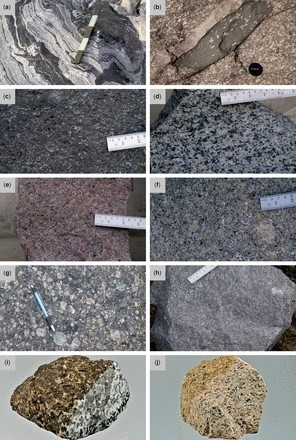
2) Dharwar Rocks
- It is the first rock system to be converted into stratified
- These are ancient rocks that contain igneous, metamorphic, stratified
- Dolomite, marble, mica, sillimanite, granulite, hornblende, and silica are found in this rock system.
- Region: Dharwad-type rocks are found in the Bhandara and Chandrapur districts in the east and the Sindhudurg district in the west of Maharashtra.
- Importance: These rocks are economically important. It contains manganese.
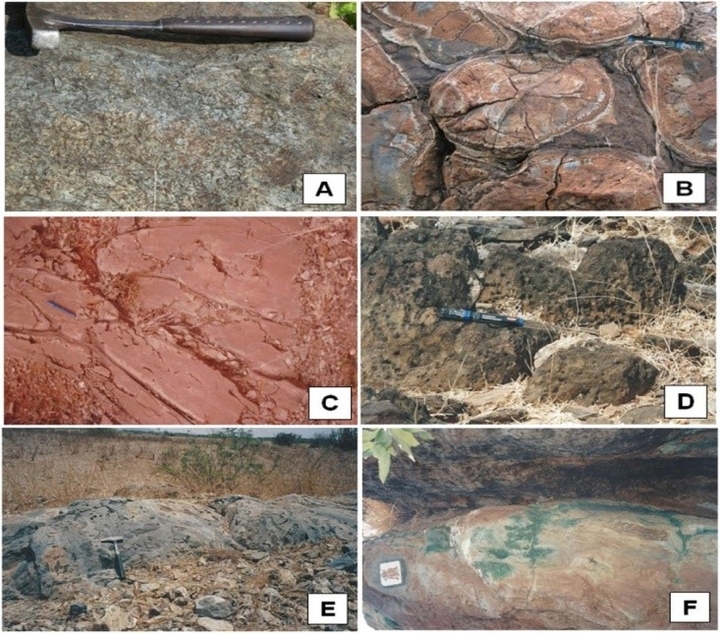
3) Rocks from the Kadappa period
- This rock got its name from the place that it was first studied at Kadappa in Andhra Pradesh.
- These rocks were formed during the Lower Paleozoic period.
- Fossils are not found in the stratified rocks in this rock system.
- It contains rocks like limestone, sandstone, silica, and slate.
- Region: These rocks are found in the southeast and western parts of Maharashtra.
- These are mainly found in Yavatmal and Chandrapur in the east, Kolhapur in the south, and the Sindhudurg district in the west of Maharashtra.
- Importance: The limestone rocks of the Kadappa period are important.
- These rocks are used in iron and steel factories.
- Dolomite is used in cement factories.
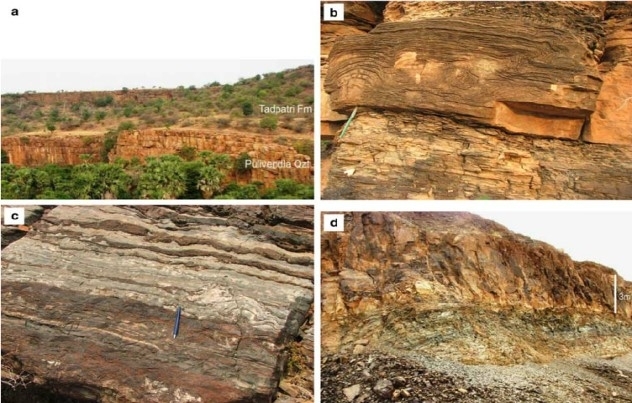
4) Vindhyan Rock
- This rock was also formed during the Lower Paleozoic period. It also does not contain fossils.
- This is reddish in colour and very strong in nature.
- Region: This type of rock is found in small quantities in the eastern district of Chandrapur in Maharashtra. This rock is found in very few parts of the state.
- Importance: This rock is used for building construction. This rock is used for the construction of old historical buildings in North India.
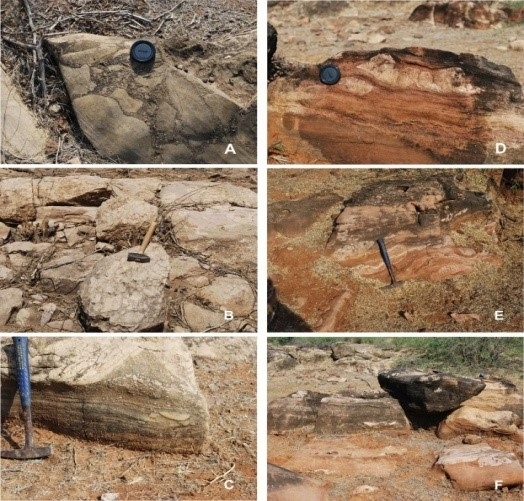
5) Rocks from the Gondwana period
- Earth movements occurred in many parts of Maharashtra during the period. As a result of these earthquakes, small and large potholes were formed.
- Sludge was accumulated in these potholes and Gondwana rocks were formed by mixing the remains of plants and animals in that storage.
- Over time, these residues formed coal.
- Region: This rock is found in Nagpur, Chandrapur, Amravati, and Yavatmal districts in the eastern part of Maharashtra.
- Importance: The high-quality coal found in this rock is of great economic importance.
6) Volcanic rocks
- These rocks are formed by the accumulation of eruptions from volcanic activities.
- In the latter part of the Gondwana period, a huge volcanic eruption broke out in South India and a large amount of lava flowed out. This lava flow spread around and cooled to form volcanic rock.
- These rocks are considered as a part of the ‘Aryan rock system’ and are called the ‘Cretaceous rock system’.
- It has an abundance of basic types of rocks i.e. basalt rocks. Due to this rock, Maharashtra has an abundance of black cotton soil.
- Region: 80% of Maharashtra is made up of rock systems. The thickness of this rock system is more near Mumbai. The plateau of Maharashtra is formed from this rock.
- Importance: It is used to construct buildings, roads, dams, and wells.
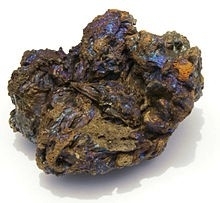
7) Sedimentary rock system
- This rock system formed in the Tertiary and Quaternary periods of the Cenozoic era.
- During the Pleistocene period, silt accumulated in the basins of the Godavari, Bhima, Krishna, Panchganga, Tapi, Wardha, and Wainganga rivers and formed sedimentary rocks.
- Region: This rock is found in the basins of major rivers in Maharashtra.
- Importance: This rock is used for building construction, cement, and brick making.
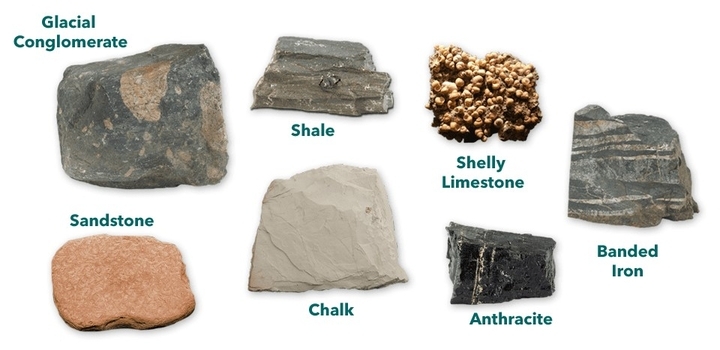
To download the PDF of this topic, click here:
Rock System in Maharashtra, Download PDF in English
Important Subject Links
More From Us:
Maharashtra Static GK
MPSC Current Affairs 2022: Download in Marathi & English
Important Government Schemes For MPSC
NCERT Books for MPSC State Exam 2022
Maharashtra State Board Books PDF
MPSC GK Study Material: Complete Notes for MPSC Exam [Free]
Download BYJU’S Exam Prep App
 Daily, Monthly, Yearly Current Affairs Digest, Daily Editorial Analysis, Free PDF’s & more, Join our Telegram Group Join Now
Daily, Monthly, Yearly Current Affairs Digest, Daily Editorial Analysis, Free PDF’s & more, Join our Telegram Group Join Now

